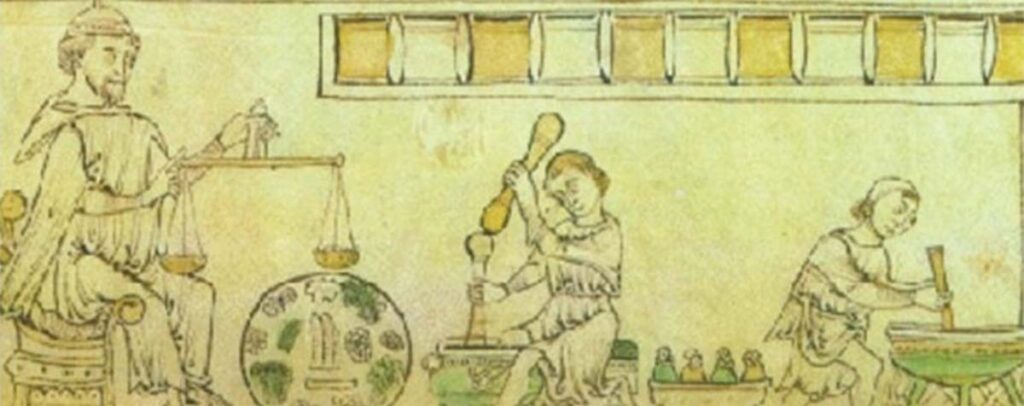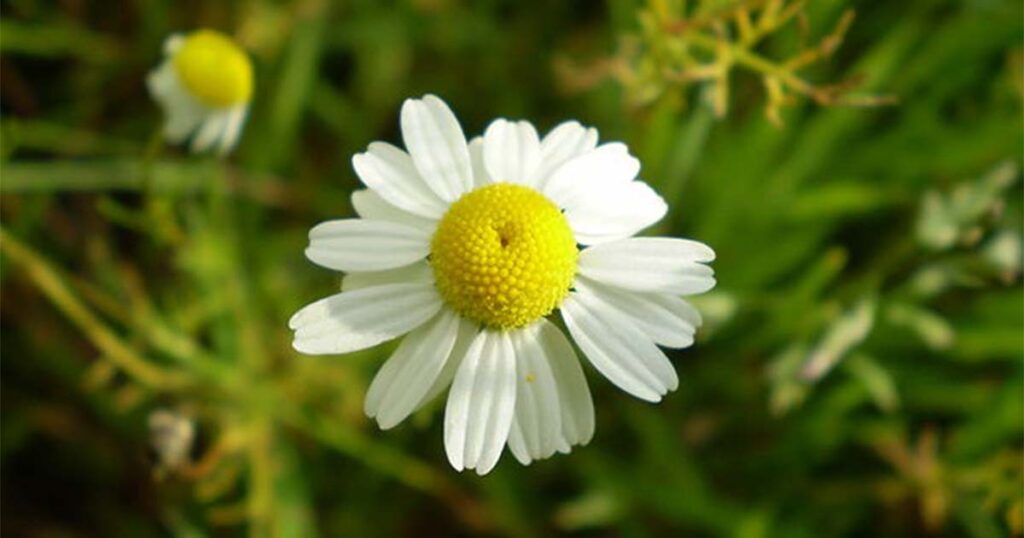
Imagine yourself flipping through a worn and wrinkly 1,000-year-old book, before spotting a scribbled note in the margin about curing a headache with crushed herbs. That’s not the “Dark Ages” of superstition we’ve all heard about. This is a glimpse into a world where medieval Europeans were clever with their health and had surprisingly resourceful treatments.
A new project called the Corpus of Early Medieval Latin Medicine (CEMLM) has dug up hundreds of these forgotten medical notes—nearly doubling what we knew about health practices before the year 1000. What’s more is that some of those old remedies sound like something you’d see in a social media wellness post on Instagram or TikTok today.

It Seems The “Dark Ages” Weren’t Too Much Dark
Let’s ditch the “Dark Ages” stereotype for a second. The Early Middle Ages in Europe (those centuries before 1000 CE) weren’t always about people hiding from progress. Folks were out there experimenting, mixing plants and even animal bits to fix ailments, figuring out what worked through practical trial and error. The CEMLM (which is backed by the British Academy and a team from New York’s Binghamton University together with Fordham, St. Andrews, Utrecht, and Oslo universities) has been combing through old manuscripts to show just how savvy medieval practitioners were. The international research team has uncovered a pile of medical texts that prove health was a big deal back then, not some mumbo jumbo.
Binghamton University historian Meg Leja, who wrote Embodying the Soul: Medicine and Religion in Carolingian Europe, sums it up smooth: “People were engaging with medicine on a much broader scale than had previously been thought. They were concerned about cures, they wanted to observe the natural world and jot down bits of information wherever they could in this period known as the ‘Dark Ages.‘”
No fancy labs. Just sharp observation and a knack for jotting down results. The project’s new online database lays it all out, showing that medical know-how wasn’t locked away with elite scholars—it was everywhere. Ranging from monasteries to even village homes.

Hidden Health Tip Gems in Old Medieval Books
Here’s the cool part: the CEMLM didn’t just focus on famous texts by guys like Hippocrates or Galen. They found medical tips tucked away in the oddest places—scribbled in the margins of books about poetry, theology or even grammar. Little notes like these reflect how much people cared about staying healthy. By digging up these overlooked bits, the international team has nearly doubled the number of known medical manuscripts from before the 11th century. It’s like stumbling across a secret stash of recipes in your ancestors’ attic.
Meg Leja and the team spent two years scouring libraries across Europe: from dusty monastery shelves to university archives, puzzling out faded Latin on parchment that’s seen better days. With the British Academy’s support, they’ve put together an online catalog that’s a goldmine for anyone curious about the past. It shows a world where healing was practical, rooted in local plants and traditions, not just copied from some Ancient Greek playbook.

Ye Olde Remedies That Feel Familiar
Some of these old health tips are weirdly modern. One recipe says to grind up peach pits, mix them with rose oil, and rub the paste on your forehead for a headache. Sounds quirky, but a 2017 study in Complementary Therapies in Medicine found rose oil can ease migraines because it fights inflammation. Not too shabby for a medieval fix!
Back then, healers leaned hard on nature—think chamomile, sage, or rose, mixed with oddball ingredients like animal scraps. The Anglo-Saxon Bald’s Leechbook from the 10th century is full of these recipes, blending herbs and animal bits. A 2015 University of Nottingham study even tested one of its eye infection cures and found it could knock out antibiotic-resistant bacteria. That’s a 9th-century remedy giving modern pharmaceuticals a run for its money.
Then here’s the fun part: today’s wellness crowd is all over this stuff. Scroll through Instagram, Facebook or TikTok, and you’ll see social media influencers hyping herbal salves or detox cleanses that sound like they could’ve come straight from a medieval monk’s notebook. The CEMLM’s findings show that medieval health hacks weren’t just practical—they hit a chord that still resonates, like our obsession with “natural” remedies today.

More Than Just Old Recipes
The CEMLM’s work is rewriting how we see the Early Middle Ages. Forget the idea that these folks were anti-science—they were out there observing, experimenting and writing it all down. Take the 9th-century medical text Lorsch Pharmacopoeia from the Carolingian era—it’s packed with practical tips that blend local know-how with bits of classical info. The project’s catalog also shows how health was everyone’s business. Monks, scribes and even regular folks were jotting down cures in whatever books they had handy. It’s not unlike today’s social media, where anyone can share a health tip. By making these texts available online, the CEMLM lets us see how the quest for wellness is something humans have always chased.
What’s Next for Old Remedies Set In Today’s Times?
The CEMLM team isn’t done yet. They’re working on new editions and translations to make these texts easier for students and researchers to dive into. Unlike older collections that focused on big-name authors, this project shines a light on the everyday wisdom of medieval European communities. They’re also planning to add more manuscripts to the catalog, which could show how medical tricks varied from, say, Anglo-Saxon England to Carolingian France.
There’s even room for some cool crossover work. By linking these old remedies to modern science—like that rose oil study—researchers could test more cures to see what else holds up. The University of Nottingham’s work with medieval recipes is already showing how history and science can team up in surprising ways.
The Corpus of Early Medieval Latin Medicine has pulled back the curtain on a time when people were anything but “dark.” They were clever, curious, and dead-set on healing. Able to utilize nature’s gifts to whip up remedies that sometimes feel straight out of a modern wellness blog. By unearthing these long-lost manuscripts, the project shows that the motivation to stay healthy is timeless—showing similarities between medieval scribes to today’s social media health influencers. So next time you brew some chamomile tea or see a “natural cure” online, do consider tipping your hat to those early healers—they were onto something.

Be sure to check out the CEMLM at their official website: https://cemlm.wp.st-andrews.ac.uk/
Header Image: “Old English Herbal” from the Cotton Vitellius C. III, f.56v, circa early 11th century. Courtesy of the British Library Archive.
References:
- Leja, Meg. Embodying the Soul: Medicine and Religion in Carolingian Europe. University of Pennsylvania Press, 2022. https://www.pennpress.org/9780812253894/embodying-the-soul/
- Maria Niazi, Mohammad Hashem Hashempur, Mohsen Taghizadeh, Mojtaba Heydari, Abdolhamid Shariat, Efficacy of topical Rose (Rosa damascena Mill.) oil for migraine headache: A randomized double-blinded placebo-controlled cross-over trial, Complementary Therapies in Medicine, Volume 34, 2017, Pages 35-41, ISSN 0965-2299, https://doi.org/10.1016/j.ctim.2017.07.009.
- “The Corpus of Early Medieval Latin Medicine.” British Academy. [https://www.thebritishacademy.ac.uk/] (Note: Specific project URL unavailable; check Binghamton University or British Academy websites for updates).


More Stories
Museum Employee Steals 3,000-Year-Old Egyptian Pharaoh’s Bracelet, Sells for $4,000
Spanish Researchers Create First Complete 3D Map of Historic La Pileta Cave Using Advanced LiDAR
Revolutionary Laser Method Reveals Age of Chinese Dinosaur Eggs for First Time